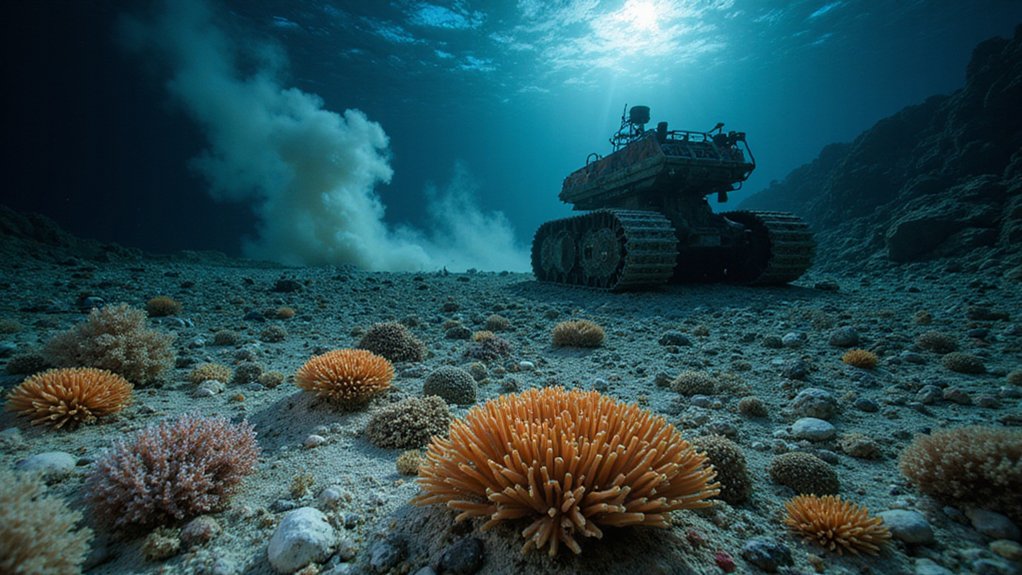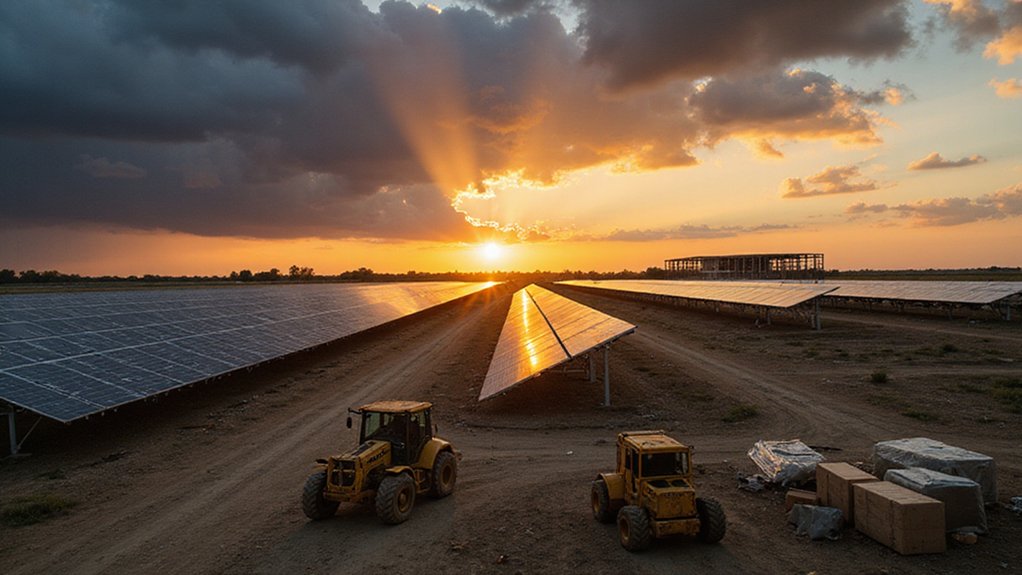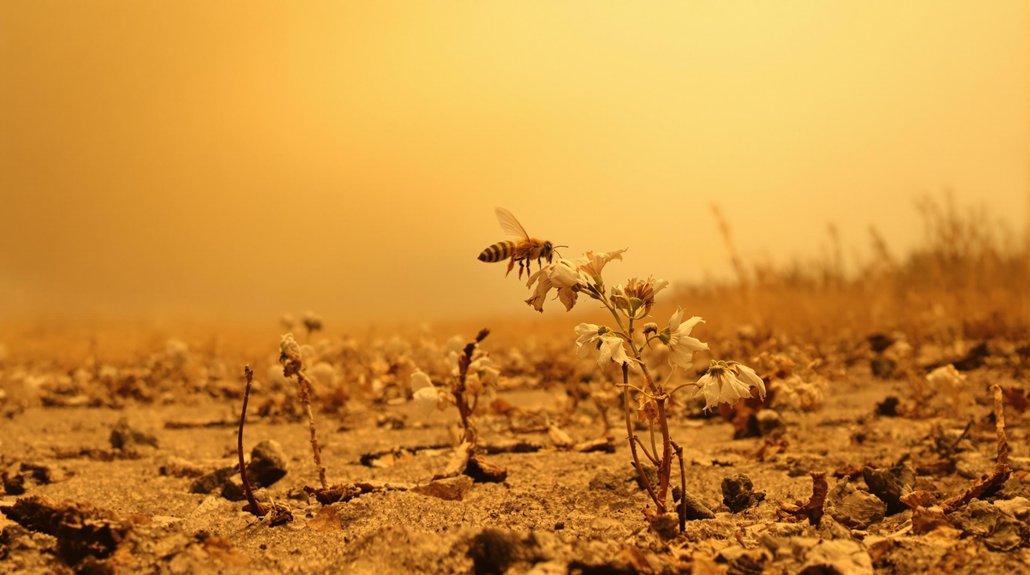While most people worry about plastic straws killing sea turtles, mining companies are quietly planning to bulldoze entire ecosystems at the bottom of the ocean. The target? Vast stretches of the Pacific seafloor, where massive machines will scrape away millions of years of evolution in the name of progress.
These aren’t barren wastelands. Deep-sea mining zones harbor creatures found nowhere else on Earth—species that took millennia to adapt to crushing pressure and eternal darkness. Mining companies plan to obliterate their homes permanently. Unlike forests that can regrow, these deep-sea habitats don’t recover. Evidence from test mining in the 1970s shows the scars remain. Four decades later, the seafloor still looks like someone took a wrecking ball to it. One comprehensive study found that ecosystem disruption persists for over two decades after initial disturbance. A 2020 study documented a 43% reduction in biodiversity in areas affected by deep-sea disturbance.
Deep-sea mining zones harbor creatures found nowhere else—species that took millennia to adapt to crushing darkness.
The destruction goes beyond the immediate mining site. Picture massive underwater dust storms. Mining operations create sediment plumes that spread for miles, smothering filter-feeders and clogging the gills of fish that never asked for an industrial makeover. These plumes carry toxic metals that accumulate in the food chain. Eventually, that pollution reaches the fish on your dinner plate. Bon appétit.
Scientists keep discovering the ocean floor acts as Earth’s carbon vault, storing massive amounts of CO2 in sediments. Mining disrupts this natural carbon storage system. Great timing, considering the planet’s already cooking. The resuspended sediments could release stored carbon back into the system, because apparently, climate change isn’t happening fast enough for some people.
The truly disturbing part? Nobody knows the full extent of damage this will cause. Many deep-sea species haven’t even been discovered yet. Mining companies are fundamentally playing ecological roulette with species we’ve never seen. Pacific Island nations watch nervously as corporations eye their waters, knowing their ocean ecosystems could become industrial sacrifice zones.
The deep ocean remains one of Earth’s last frontiers, home to bizarre and beautiful creatures that defy imagination. Soon, those silent depths might fall silent for a different reason entirely—because nothing’s left alive down there. But hey, at least someone will make a profit.
References
- https://carnegieendowment.org/posts/2023/11/why-pacific-island-states-are-concerned-about-deep-sea-mining?lang=en
- https://www.oceans-research.com/deep-sea-mining-threats-alternatives/
- https://www.frontiersin.org/journals/marine-science/articles/10.3389/fmars.2025.1598584/full
- https://cen.acs.org/environment/water/deep-sea-mining-dilemma/101/i33
- https://www.bgs.ac.uk/news/new-study-reveals-long-term-effects-of-deep-sea-mining-and-first-signs-of-biological-recovery/








